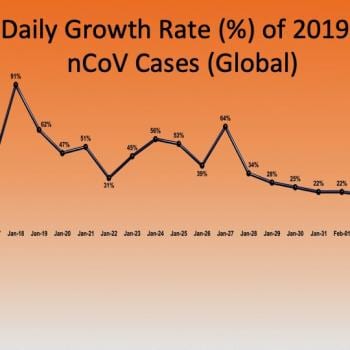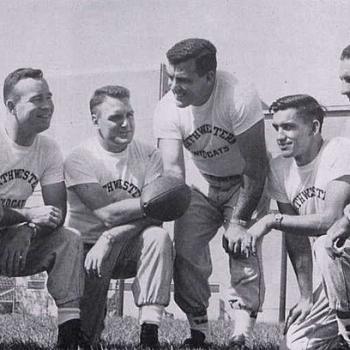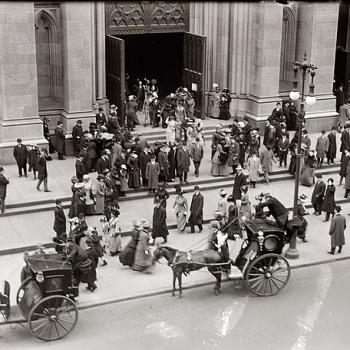I teach at an institution where we try to give instruction in good writing across the curriculum. Since I am currently grading a first round of papers in which I am particularly on the lookout for passive constructions, I sometimes carry that sensibility into worship and notice the passive voice in places I’d prefer not to see it, such as the Nicene Creed. Here is a fairly standard English translation with emphasis on the passive voice:
We believe in one God,
the Father almighty,
maker of heaven and earth,
of all things visible and invisible.And in one Lord Jesus Christ,
the only Son of God,
begotten from the Father before all ages,
God from God,
Light from Light,
true God from true God,
begotten, not made;
of the same essence as the Father.
Through him all things were made.
For us and for our salvation
he came down from heaven;
he became incarnate by the Holy Spirit and the virgin Mary,
and was made human.
He was crucified for us under Pontius Pilate;
he suffered and was buried.
The third day he rose again, according to the Scriptures.
He ascended to heaven
and is seated at the right hand of the Father.
He will come again with glory
to judge the living and the dead.
His kingdom will never end.And we believe in the Holy Spirit,
the Lord, the giver of life.
He proceeds from the Father and the Son,
and with the Father and the Son is worshiped and glorified.
He spoke through the prophets.
We believe in one holy catholic and apostolic church.
We affirm one baptism for the forgiveness of sins.
We look forward to the resurrection of the dead,
and to life in the world to come. Amen.
What follows is the same translation but with all the verbs in the active voice:
We believe in one God,
the Father almighty,
maker of heaven and earth,
of all things visible and invisible.And in one Lord Jesus Christ,
the only Son of God,
begotten from the Father before all ages,
God from God,
Light from Light,
true God from true God,
begotten, not made;
of the same essence as the Father.
He is author of all created things.
For us and for our salvation
he came down from heaven;
he became incarnate by the Holy Spirit and the virgin Mary,
and assumed human nature.
Pontus Pilate crucified him for our sake;
he suffered and Jews buried him.
The third day he rose again, according to the Scriptures.
He ascended to heaven
and sat at the right hand of the Father.
He will come again with glory
to judge the living and the dead.
His kingdom will never end.And we believe in the Holy Spirit,
the Lord, the giver of life.
He proceeds from the Father and the Son.
We worship and glorify Him along with the Father and the Son.
He spoke through the prophets.
We believe in one holy catholic and apostolic church.
We affirm one baptism for the forgiveness of sins.
We look forward to the resurrection of the dead,
and to life in the world to come. Amen.
I know you don’t want to mess with the creeds of the church, let alone the ecumenical councils. Still, do these revisions involve changes in doctrine?












